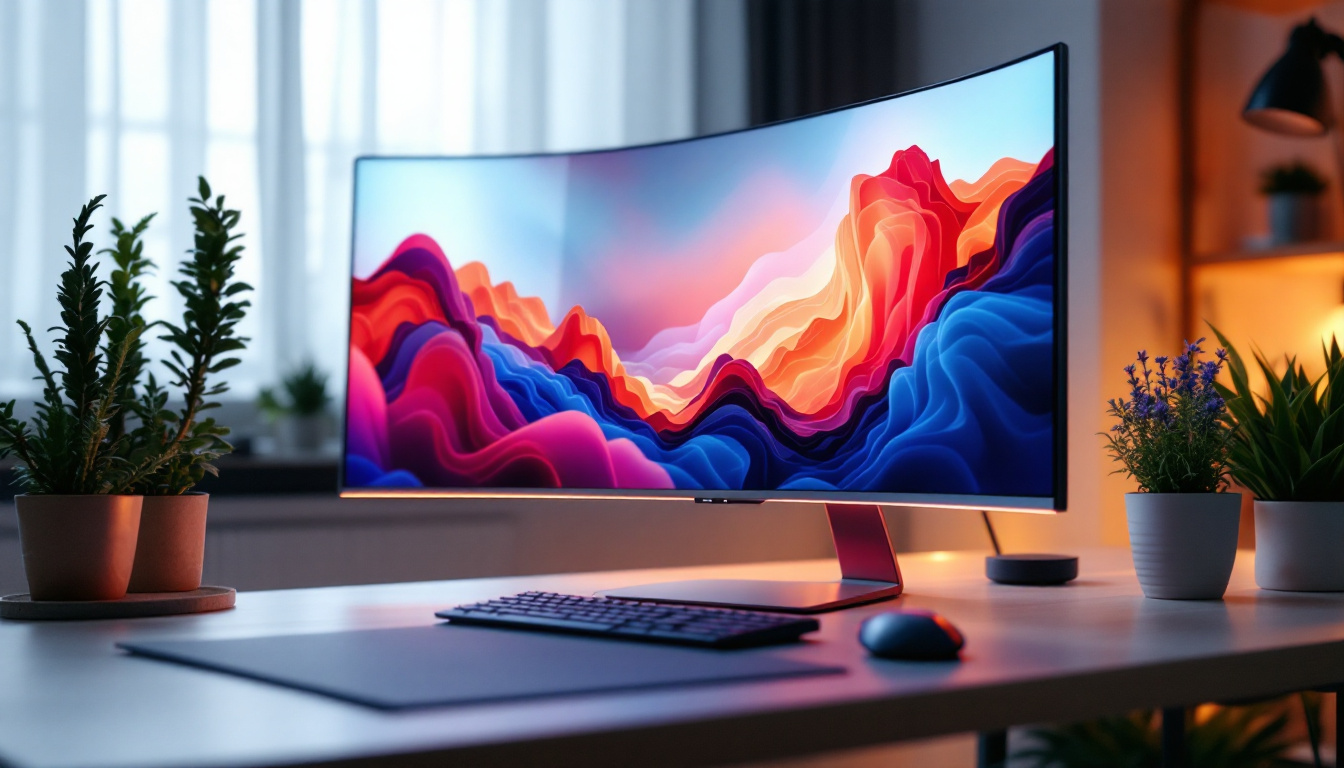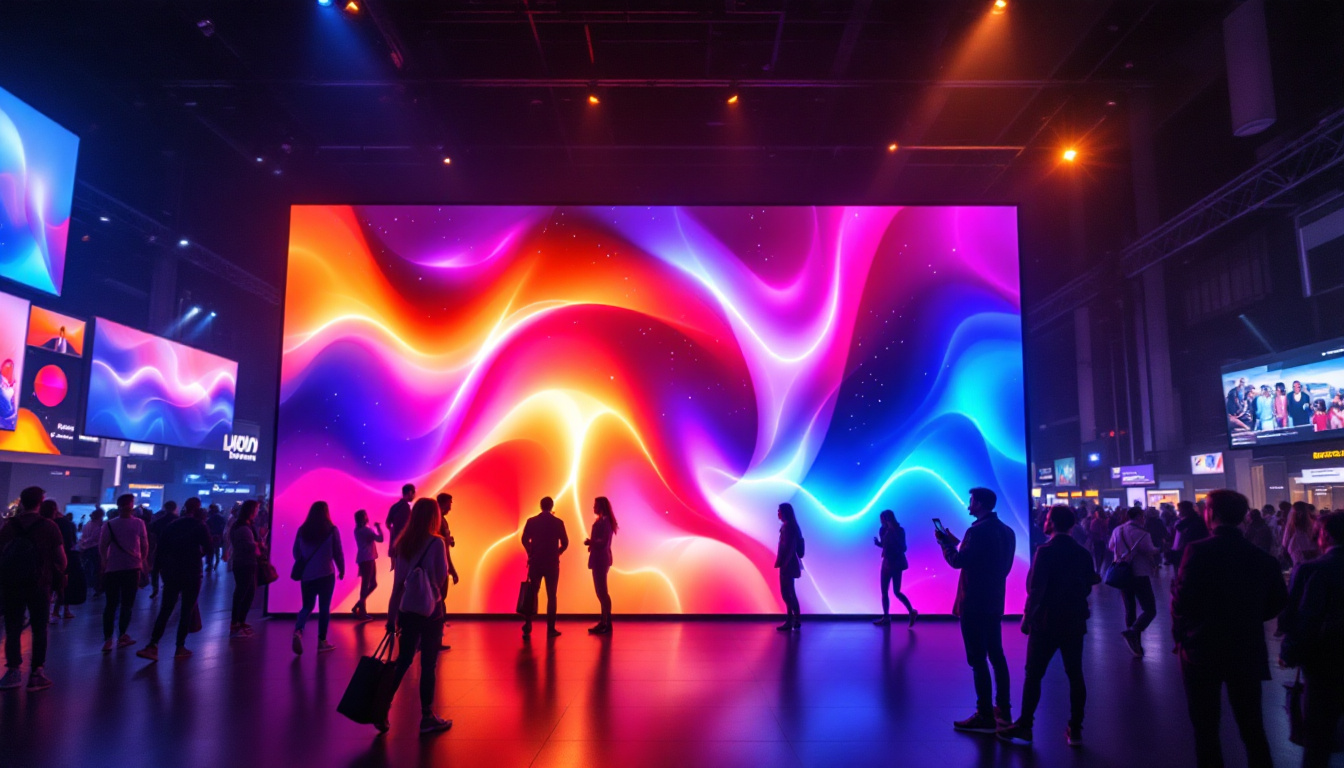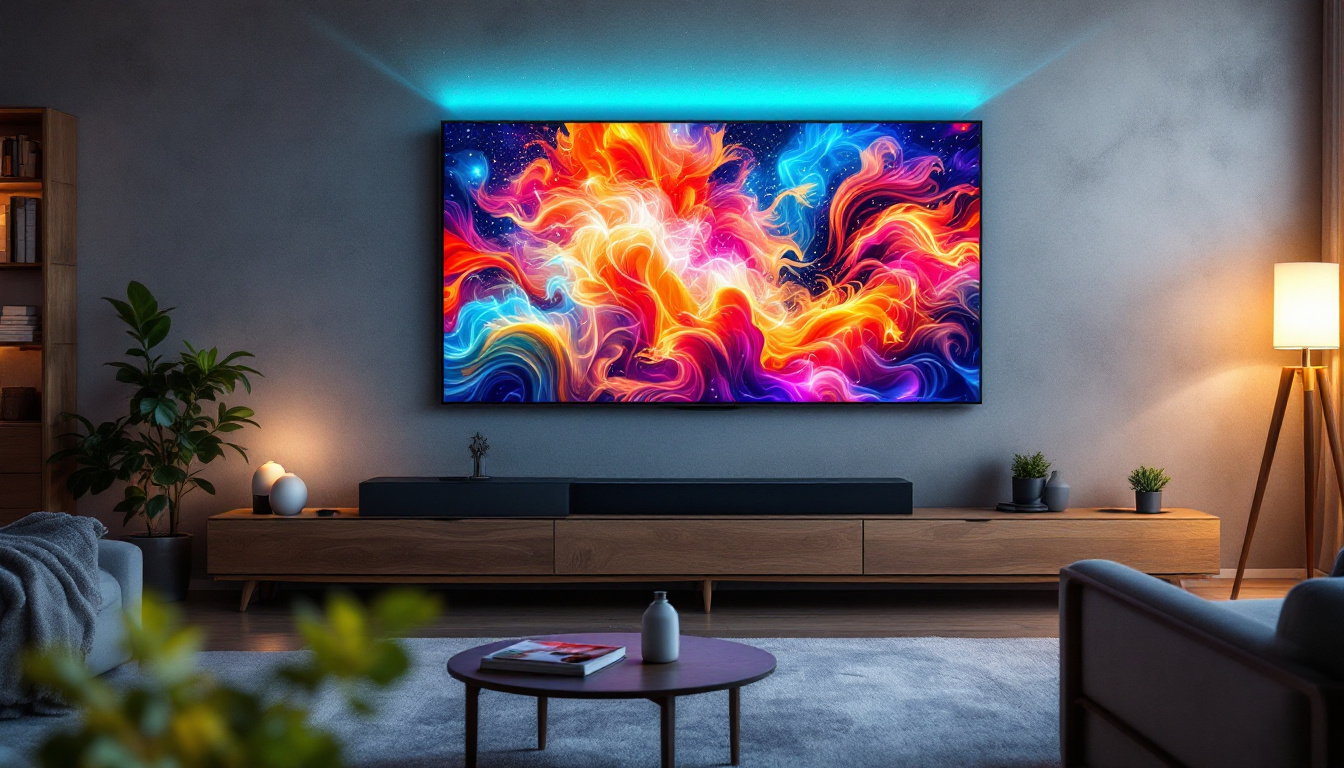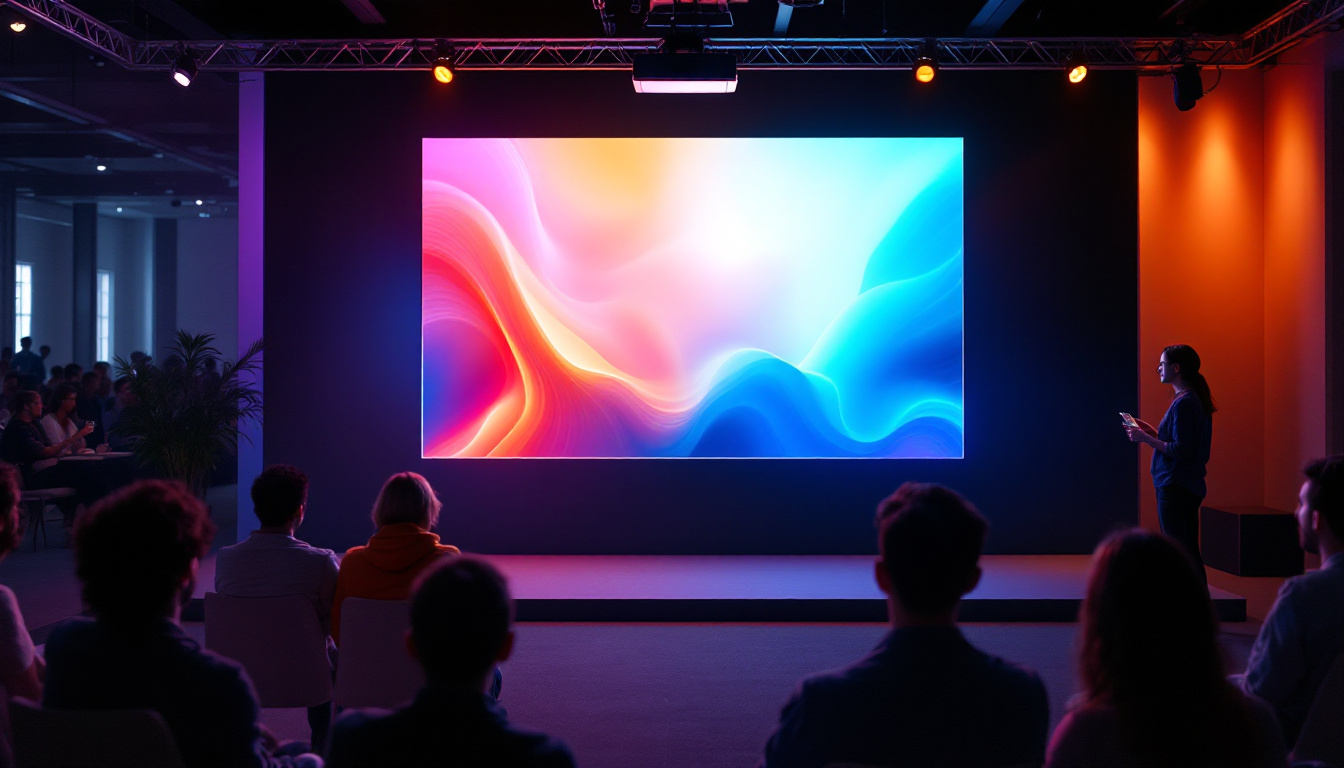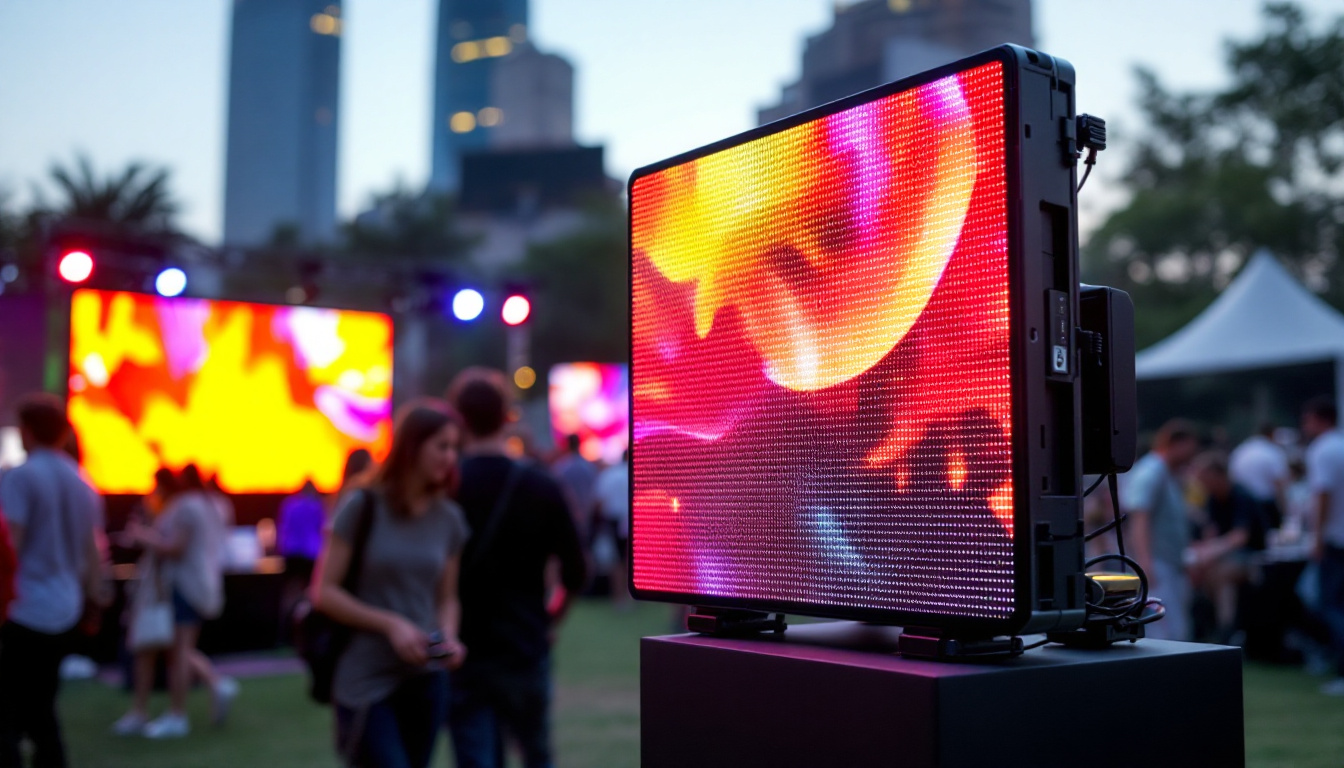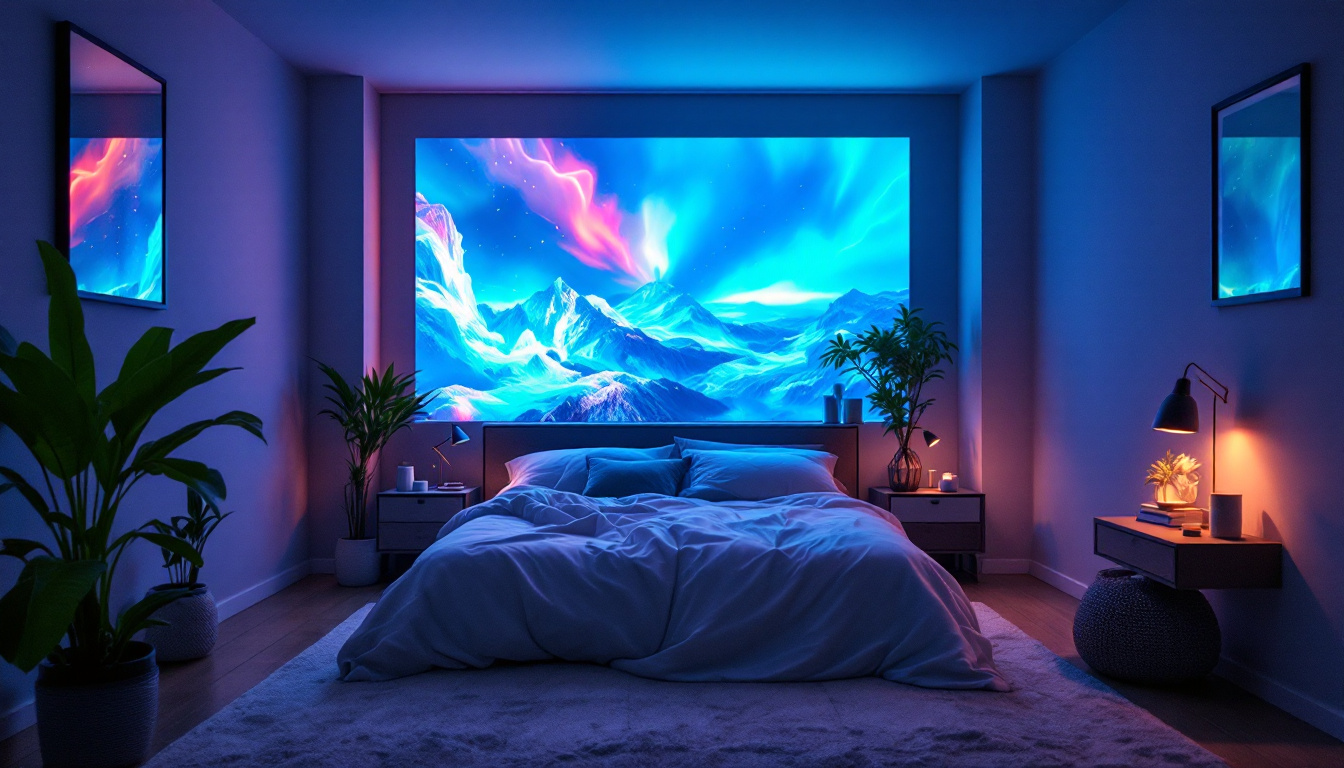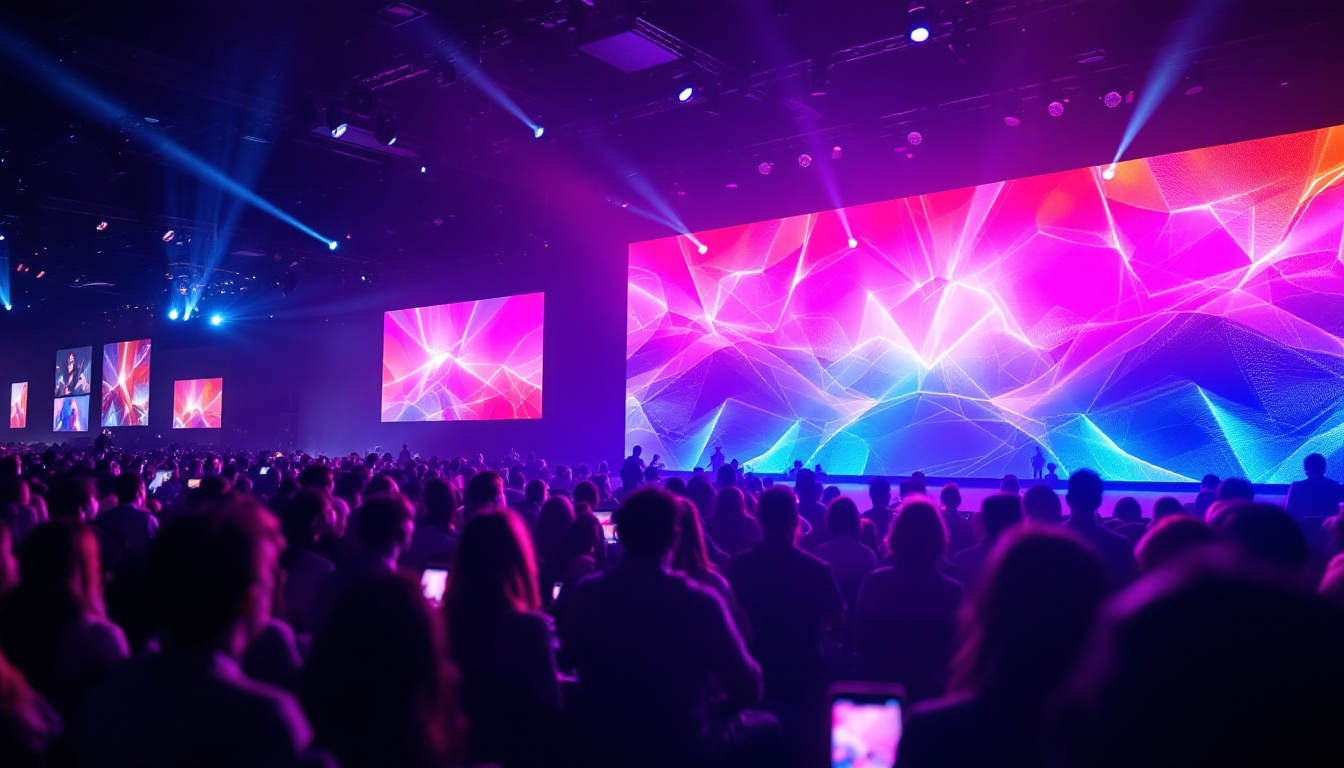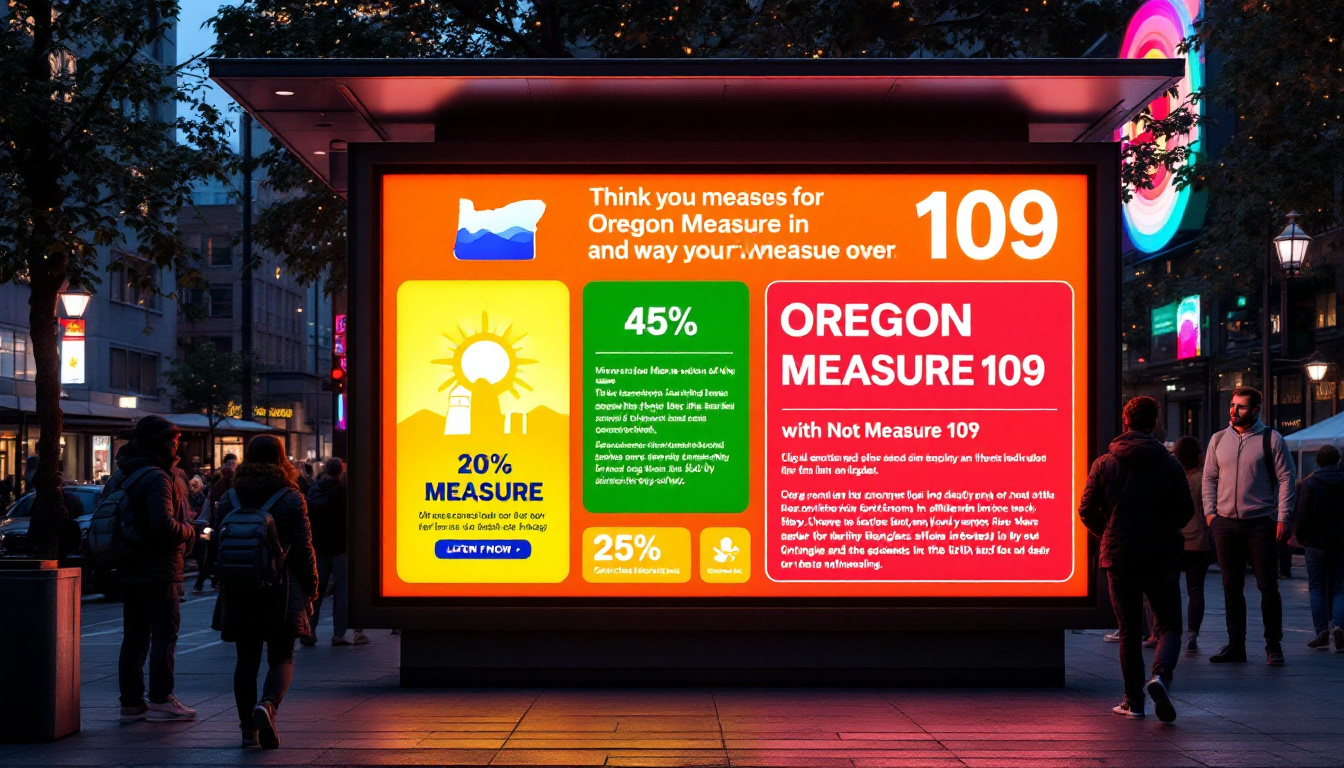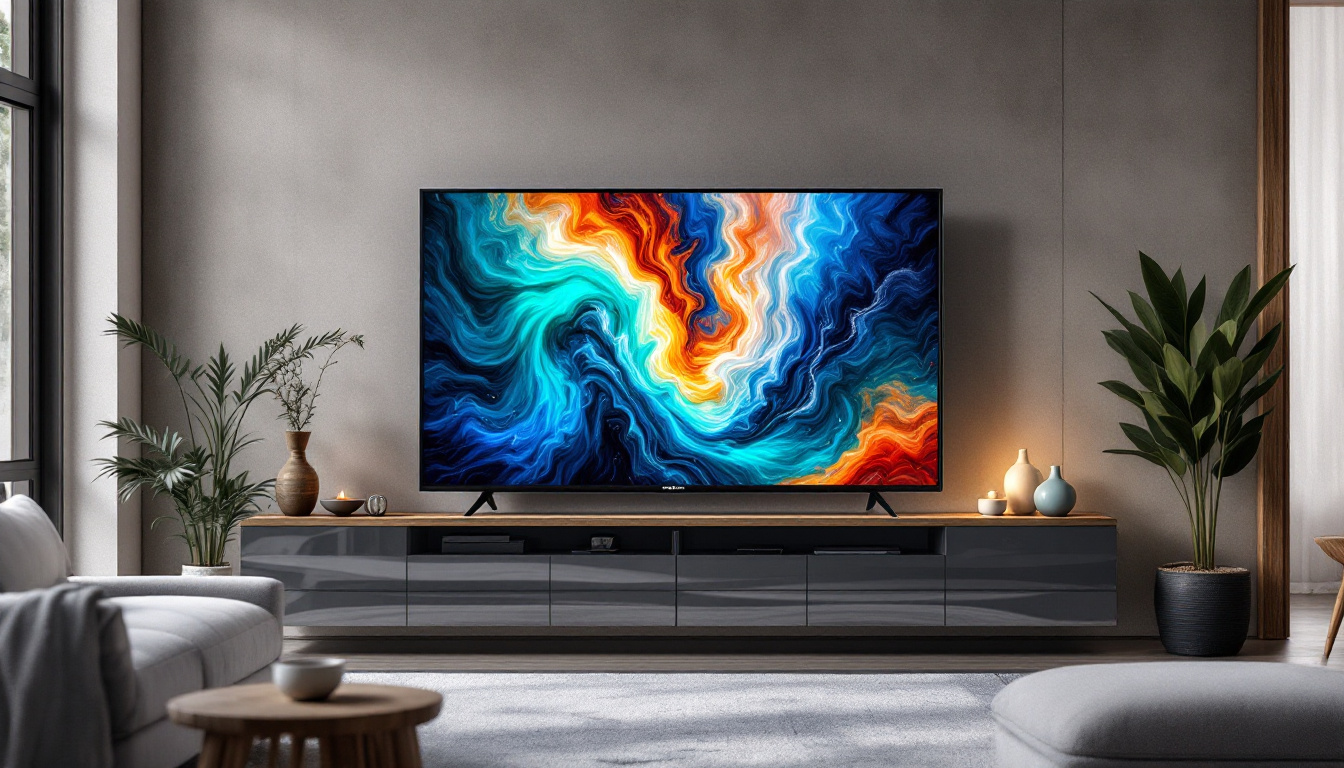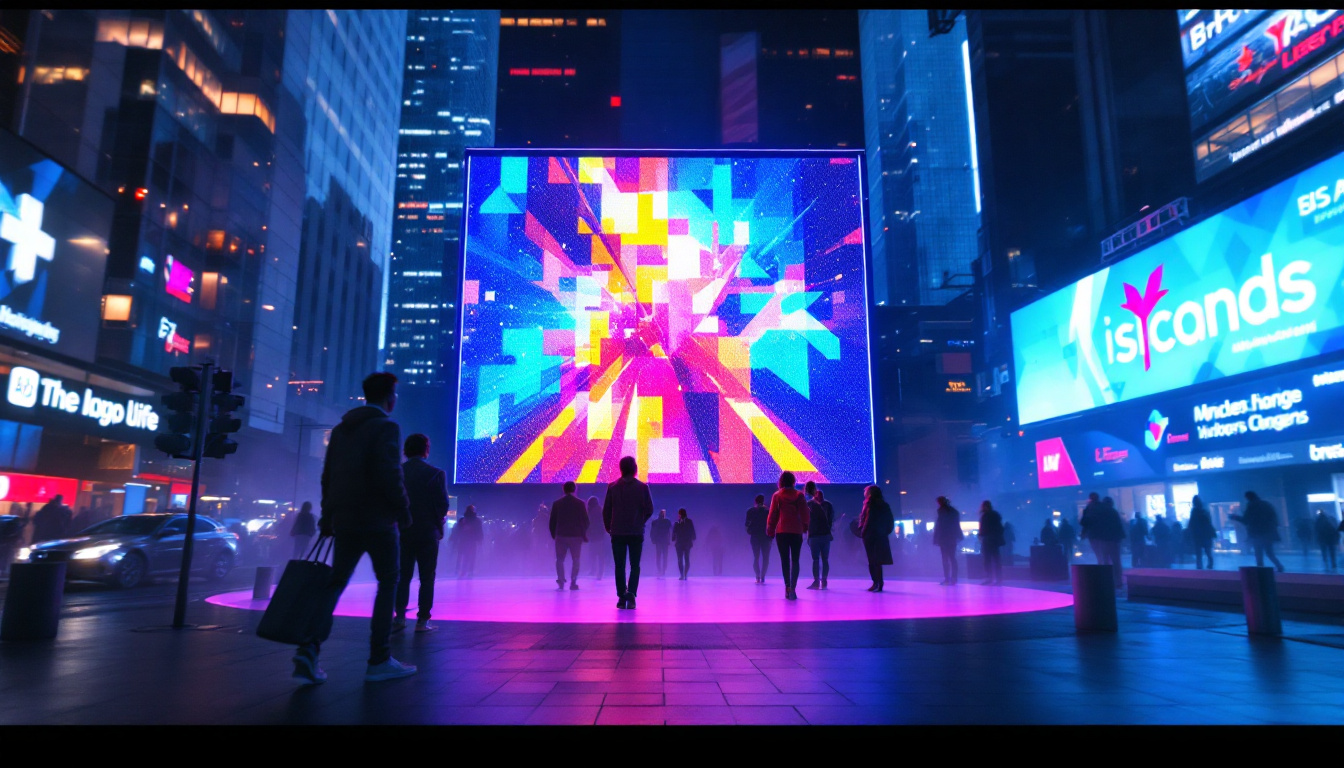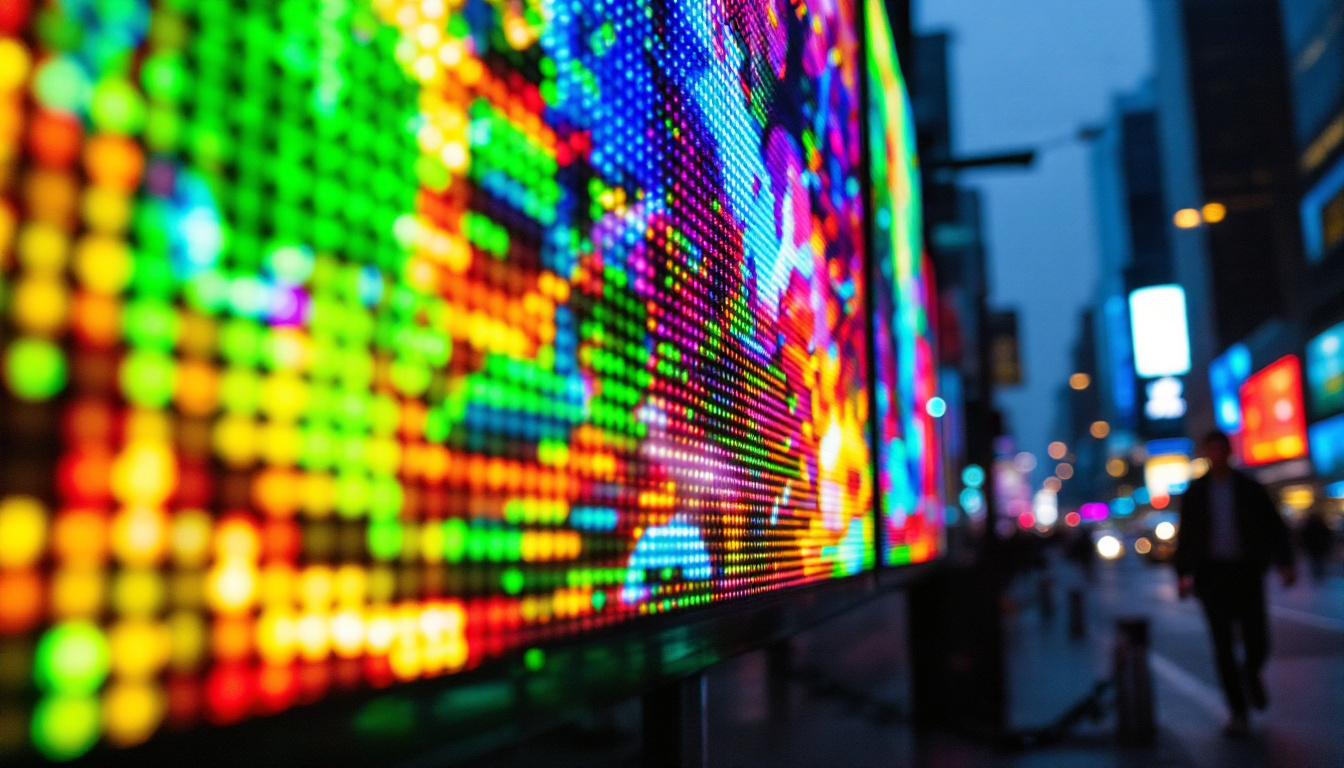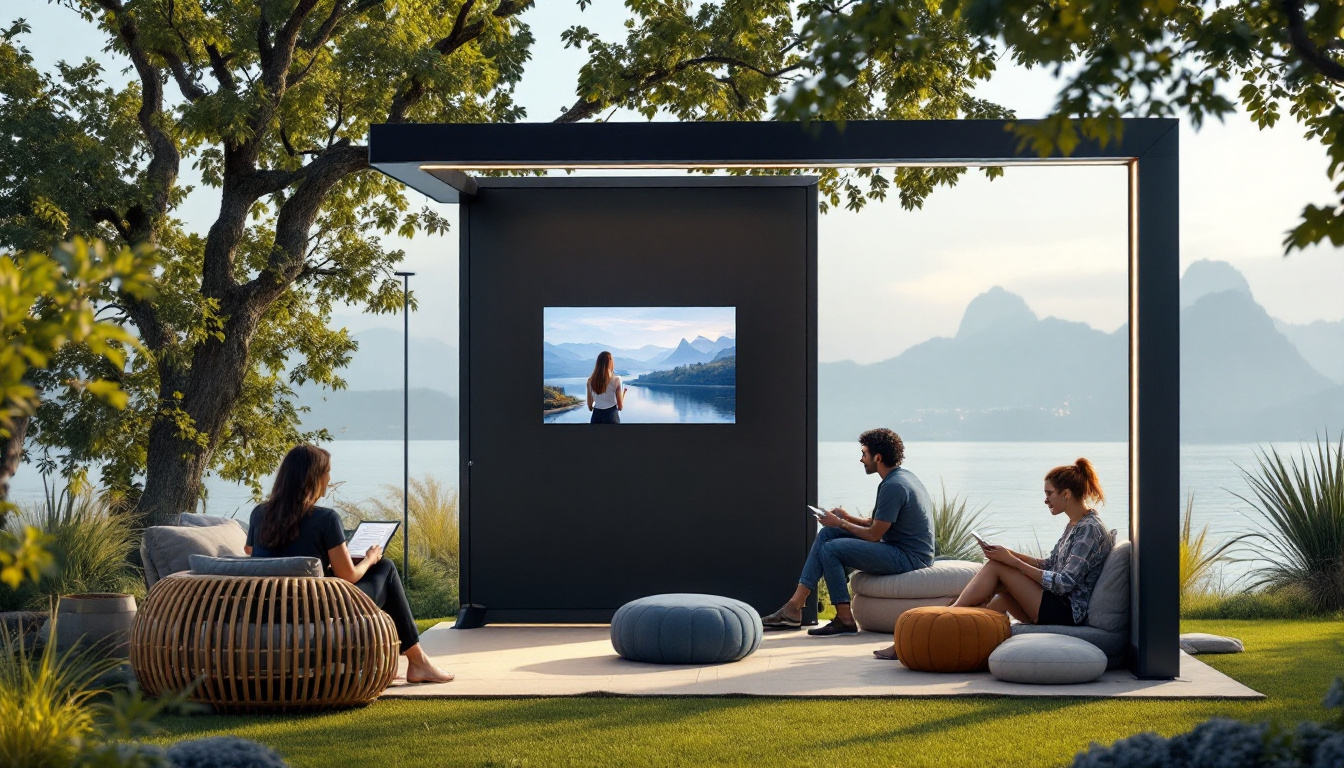In the ever-evolving world of technology, thin monitors have emerged as a popular choice for both personal and professional use. These sleek devices not only save space but also offer a range of features that enhance the overall viewing experience. At the heart of these monitors lies LED (Light Emitting Diode) display technology, which has revolutionized the way images are rendered on screens. This article delves into the intricacies of thin monitors and the LED technology that powers them.
Understanding Thin Monitors
Thin monitors, often referred to as slim or flat-panel displays, have gained traction due to their aesthetic appeal and functional benefits. Unlike traditional bulky CRT (Cathode Ray Tube) monitors, thin monitors are designed to occupy minimal physical space while delivering high-quality visuals.
Design and Aesthetics
The design of thin monitors is one of their most striking features. With sleek profiles and minimal bezels, these monitors fit seamlessly into modern workspaces and home environments. Their lightweight construction allows for easy mounting on walls or placement on desks, contributing to a clutter-free aesthetic.
Moreover, manufacturers often incorporate stylish finishes and customizable options, allowing users to select monitors that complement their interior design. This attention to design not only enhances the visual appeal but also reflects the technological advancements in display manufacturing. Many thin monitors now feature ultra-narrow bezels that create an almost borderless viewing experience, making them ideal for multi-monitor setups where continuity of screen space is crucial. Furthermore, some models come equipped with ambient light sensors that adjust brightness based on the surrounding environment, ensuring optimal viewing conditions at all times.
Space Efficiency
In today’s fast-paced world, space is a premium commodity. Thin monitors address this issue effectively. Their slim design means they can be placed in tight spaces without sacrificing screen size or quality. This makes them particularly popular in offices where multiple monitors may be used simultaneously.
Additionally, the lightweight nature of these displays makes them easy to transport. Whether moving from one office to another or setting up for a presentation, thin monitors provide the flexibility that traditional monitors cannot match. Many models also come with VESA mount compatibility, allowing users to easily attach them to adjustable arms or stands, further enhancing ergonomic setups. In environments like co-working spaces or shared offices, the ability to quickly reconfigure workstations with thin monitors can significantly improve productivity and collaboration, as users can adapt their workspace to suit their individual needs without the hassle of bulky equipment.
What is LED Display Technology?
LED display technology is a significant advancement in the realm of visual displays. It utilizes light-emitting diodes to create images, offering numerous advantages over older technologies such as LCD (Liquid Crystal Display) and CRT. Understanding how LED technology works is essential to appreciating the benefits of thin monitors.
How LED Displays Work
LED displays operate by using a matrix of tiny diodes that emit light when an electric current passes through them. Unlike traditional LCDs, which require a backlight to illuminate the screen, LED displays can produce light on their own, resulting in deeper blacks and brighter colors.
There are two primary types of LED displays: edge-lit and backlit. Edge-lit displays have LEDs positioned along the edges of the screen, while backlit displays feature a grid of LEDs behind the screen. Each type has its advantages, with backlit displays generally providing better color accuracy and uniformity. Additionally, advancements in technology have led to the development of OLED (Organic LED) displays, which take the benefits of LED a step further by using organic compounds that emit light, allowing for even thinner screens and enhanced color vibrancy.
Advantages of LED Displays
LED displays offer several advantages that make them a preferred choice for thin monitors. One of the most notable benefits is energy efficiency. LED technology consumes significantly less power compared to traditional display technologies, leading to lower electricity bills and a reduced carbon footprint.
Furthermore, LED displays are known for their longevity. With a lifespan that often exceeds 50,000 hours, users can enjoy high-quality visuals without the need for frequent replacements. This durability makes LED monitors an economical choice in the long run. In addition to their impressive lifespan, LED displays also boast faster response times, making them ideal for fast-paced video content and gaming. The rapid refresh rates reduce motion blur, providing a smoother viewing experience that is particularly beneficial for action-packed scenes or competitive gaming.
Moreover, LED technology allows for a wider color gamut, meaning that these displays can reproduce a broader spectrum of colors compared to traditional displays. This capability enhances the viewing experience, especially for applications requiring precise color representation, such as graphic design, photography, and video editing. As a result, professionals in creative fields often prefer LED displays for their ability to deliver stunning visuals that accurately reflect their work.
Key Features of Thin LED Monitors
Thin monitors equipped with LED technology come with a variety of features that enhance usability and performance. Understanding these features can help users make informed decisions when selecting a monitor that meets their needs.
High Resolution and Image Quality
One of the standout features of thin LED monitors is their ability to deliver high-resolution images. With advancements in technology, many models now support resolutions such as Full HD (1920×1080), 4K (3840×2160), and even 8K (7680×4320). This high pixel density results in sharp, clear images that are perfect for gaming, graphic design, and multimedia consumption.
In addition to resolution, LED monitors often boast superior color accuracy and contrast ratios. This means that images appear more vibrant and lifelike, making them ideal for creative professionals who require precise color representation.
Refresh Rate and Response Time
For gamers and video enthusiasts, refresh rate and response time are critical factors. Thin LED monitors typically feature refresh rates of 60Hz to 144Hz, allowing for smooth motion during fast-paced action. A higher refresh rate reduces motion blur, providing a more immersive experience.
Response time, measured in milliseconds, indicates how quickly a pixel can change from one color to another. Monitors with lower response times (1ms to 5ms) are preferable for gaming, as they minimize ghosting effects and ensure that fast-moving images remain clear and sharp.
Applications of Thin LED Monitors
The versatility of thin LED monitors makes them suitable for a wide range of applications. From home entertainment to professional workspaces, these displays cater to various user needs.
Home Entertainment
In the realm of home entertainment, thin LED monitors have become a staple. Their sleek designs and high-resolution capabilities make them perfect for watching movies, playing video games, and streaming content. Many models come equipped with smart features, allowing users to access streaming services directly from the monitor.
Moreover, the ability to mount these monitors on walls adds to the aesthetic appeal of living spaces, transforming them into modern entertainment hubs. With options for curved screens and ultra-wide displays, users can choose a setup that enhances their viewing experience.
Professional Use
In professional environments, thin LED monitors are invaluable tools. Graphic designers, video editors, and architects benefit from the high resolution and color accuracy that these displays provide. The ability to connect multiple monitors also enhances productivity, allowing for multitasking and efficient workflow management.
Additionally, thin monitors are often used in conference rooms for presentations and video conferencing. Their sleek design and high-quality visuals ensure that information is conveyed effectively, making them a preferred choice for businesses.
Choosing the Right Thin Monitor
With a plethora of options available in the market, selecting the right thin monitor can be a daunting task. Several factors should be considered to ensure that the chosen monitor meets specific needs and preferences.
Screen Size and Resolution
When choosing a thin monitor, screen size and resolution are crucial considerations. Larger screens provide a more immersive experience, while higher resolutions ensure that images remain sharp and clear. Users should assess their workspace and determine the optimal size that fits comfortably without overwhelming the area.
For general use, a 24 to 27-inch monitor with a Full HD resolution is often sufficient. However, for professionals in creative fields, investing in larger screens with 4K resolution may be beneficial for detailed work.
Connectivity Options
Connectivity options are another important aspect to consider. Thin monitors should offer a variety of ports, including HDMI, DisplayPort, and USB-C, to ensure compatibility with various devices. Additionally, built-in speakers and USB hubs can enhance the overall functionality of the monitor.
Future Trends in Thin Monitor Technology
The landscape of thin monitors is constantly evolving, with manufacturers continuously innovating to meet consumer demands. Several trends are emerging that are likely to shape the future of thin monitor technology.
Increased Focus on Sustainability
As environmental concerns grow, manufacturers are increasingly focusing on sustainability in their production processes. This includes using eco-friendly materials and reducing energy consumption. Consumers are becoming more conscious of their purchasing decisions, leading to a demand for monitors that are not only high-performing but also environmentally responsible.
Advancements in Display Technology
Emerging technologies such as OLED (Organic Light Emitting Diode) and Mini-LED are gaining traction in the monitor market. These technologies offer improved color accuracy, contrast, and energy efficiency. As these advancements become more mainstream, they may redefine the standards for thin monitors, providing users with even better visual experiences.
Conclusion
Thin monitors powered by LED display technology represent a significant advancement in the world of visual displays. Their sleek design, energy efficiency, and superior image quality make them an excellent choice for a variety of applications, from home entertainment to professional environments.
As technology continues to evolve, the future of thin monitors looks promising. With a focus on sustainability and advancements in display technology, users can expect even more innovative features that enhance their viewing experience. Whether for work or leisure, thin LED monitors are poised to remain a staple in modern technology.
Explore the Future of Visual Displays with LumenMatrix
Ready to elevate your visual experience with the latest in LED display technology? Discover LumenMatrix’s comprehensive range of innovative solutions, from vibrant Indoor and Outdoor LED Wall Displays to dynamic Vehicle and Sports LED Displays. Whether you’re looking to create an immersive environment with Floor LED Displays or make a bold statement with Custom and All-in-One LED solutions, LumenMatrix is your partner in revolutionizing visual communication. Embrace the future of display technology and check out LumenMatrix LED Display Solutions today to see how we can help you captivate your audience and convey your message with unparalleled clarity and impact.

